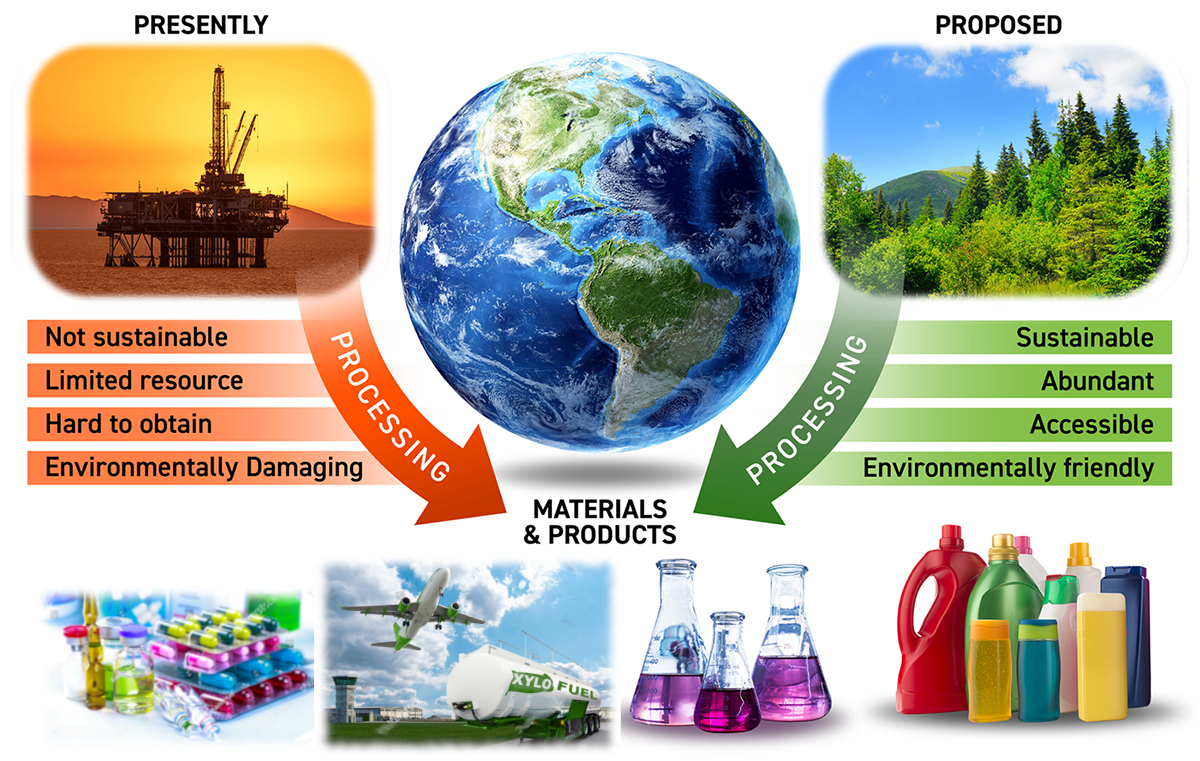
Center for Renewables-based Economy from WOOD
ReWOOD Mission and Vision
-
ReWOOD strives to develop and implement technologies that enable a manufacturing, production, and energy infrastructure that is sustainable does not interfere with the natural environmental state.
-
ReWOOD benefits both producers (businesses) and consumers through deployment of an affordable, renewable, sustainable resource harvesting, production, and recycling infrastructure.
-
ReWOOD delivers disruptive, translational, and transitioning technologies to facilitate the change from manufacturing dependence on petrochemicals and petrochemistry to one based on renewable, carbon-neutral, resources such as wood (as well as other diverse biomass) and xylochemistry.
-
ReWOOD creates an ever-green, and affordable manufacturing and production infrastructure with minimal disruption of natural ecologies and the ability to mitigate environmental impact both past and future.
*****
-
ReWOOD envisions development and deployment of technologies for a sustainable manufacturing infrastructure, but also seeks to cultivate a wider public understanding of anthropological environmental impact and develop an appreciation of ecological ties while providing an enhanced quality of life globally.
-
ReWOOD ultimately provides a seamless, sustainable, non-disruptive integration of mankind to its local environment and resources while maximizing the quality of life, technologically, and aesthetically.

